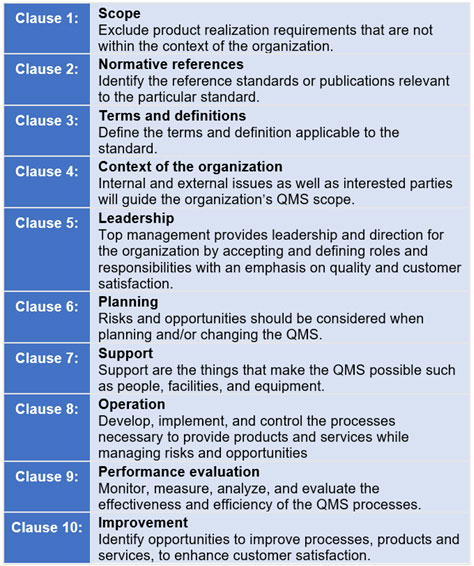
The primary aim of this project is to provide users (MSMEs, educationists, Practitioners, NGOs, etc.) with premade process model/s to ease the adoption and implementation of ISO 26000: Guidance on Social responsibility. This process model is designed such that users can find appropriate content relevant to their particular circumstance and focus on those contents alone. If you are unsure from where to start, it is strongly recommended that you commence from Getting Started page which provides step by step guidance on where to begin.
A process model is a graphical representation of a workflow i.e. how a work is performed. How a work is performed is extremely important to understand, monitor, control and improve. Indeed, processes are the essence of quality management. Programs such as Six Sigma, Lean, CMMI, Continuous Improvement etc. have processes and process models at its core. But process models are more than simple graphical representation of a workflow. A process model is a framework that interconnects various process groups and processes within the model. It provides an overall structure for the various process groups and processes comprising the model. It is a well planned, well organize approach to management of any project. In this case the project happens to be ISO 26000 Standard implementation.
An important concept related to process models concerns language used to depict the process model. Like any other language, it is mandatory that users are familiar with the process model language in order to understand and comprehend what is being communicated. There are several process modelling languages. Some of the most popular languages are FlowCharts, Business Process Modelling Notation (BPMN), PetriNet, Events Driven Process Chain (EPC) diagrams, Unified Modelling Language (UML) etc. For our process model, we will be using the UML to develop our process models.
This process model follows the High-Level Structure (HLS) of the ISO management systems. “The High-Level Structure (HLS) is a set of 10 clauses that all ISO management system standards are required to use in the future. This is so that all management system standards will have the same look and feel, and will enable greater integration between systems of different disciplines.”
Another way to understand the high level structure is to view it as core areas that organizations need to focus upon to successfully implement any ISO standard or guidance. Each clause of the HLS is viewed as a core area. It is in this context that HLS has been adopted as the basis for the process model.

The figure above provides a brief overview of the 10 clauses. Each clause is comprised of sub clauses depicted in the following section. Each clause can be viewed as a requirement for the process model. As a modeller our aim is to satisfy these requirements by designing appropriate sets of process groups and processes all the while ensuring the process model is well balanced.
Each clause in the HLS comes with multiple sub clauses. The sub clauses are a break down of the work to be performed under each clause. As such they provide strong guidance on what the process model needs to achieve in terms of requirements.

The figure above depicts clauses 4 to 10 in the context of Plan Do Check Act (PDCA) cycle. It also depicts the sub clauses comprising each clause. The first three clauses [1, 2 & 3] are exempted as they are documental in nature and not part of the process model. Each clause can be thought of as a process module with sub clauses as sub modules of a given module.
Using the HLS as the basis for the process model offers three key advantages:
First, Clauses 4 to 10 identify core areas that requires focus in order to ensure successful adoption and implementation of any standard or guidance.
Second, these clauses distinctly divide tasks into component parts. Each clause addresses a unique aspect of the overall system and hence can be approached in a modular manner. For example, consider an organization that already has a social responsibility program but needs better guidance on reporting and improvement of the program. CL9.0 and CL10.0 can serve as the starting point for them.
Finally, these clauses are intended to ease integration amongst various ISO standards. An organization can have multiple ISO standards operating within them. Structuring the management systems according to the HLS will allow better coordination and integration between standards.
Our process model will be developed in phases. This is phase I of the development process.
The process model is prescriptive. It prescribes what an organization needs to do to successfully adopt and implement ISO 26000 standard.
Based on the ISO high level structure (HLS), the process model is comprised of 7 modules. Each module is further divided into sub modules. Each module addresses a particular aspect of the implementation process. Each process module is akin to process groups in a process model. Cumulatively, these modules ensure successful planning, implementation, and improvement of ISO 26000 standard.
Every submodule leads to a set of processes to realize the objectives of every submodule and module. It is these processes that are one of the key outcomes of this project. Every process consists of the following sections:
Context – This section puts context to the current exercise. There are many processes and activities that the process model prescribes. It is very easy to loose context of what we are doing. To alleviate this issue, the context section puts everything in perspective.
Description – This section is a description of the process to be implemented. It provides a summary of the process and also defines the outcomes from the process.
Objectives – This section defines the objective behind the process. It clearly lays out what the process is designed to achieve.
Methodology – This section is a step by step description of the tasks to be performed in the process.
Templates – Each process is comprised of one or more templates. Templates are tools to help carry out tasks. These templates are modifiable and customizable enabling user to customize the templates with information and variations as they see fit.
Examples – Where ever feasible, examples have been provided that demonstrate how to apply the process.
GRI and ISO 26000 Guidance – These are guidance related to the task at hand offered by GRI and ISO standards. They appear wherever it is applicable.
This process model is the first version. As changes and improvements are made to this existing process model, the version will be updated accordingly and will be reflected in the table below.
| Version No. | Release Date |
|---|---|
| Ver 1.0 | 7 May 2024 |
